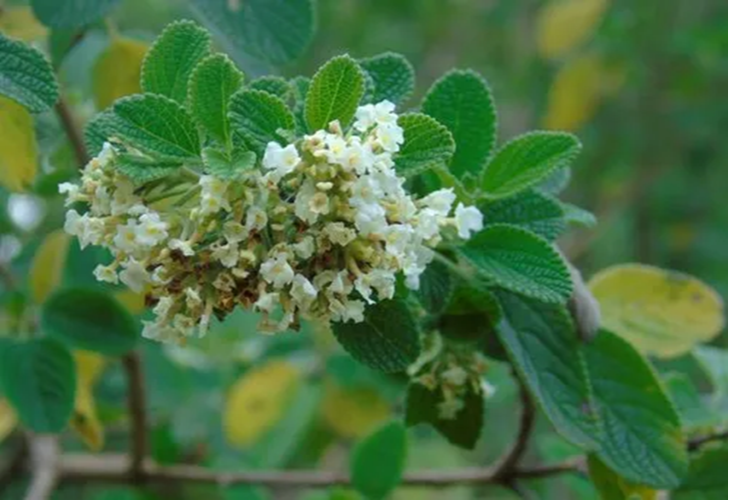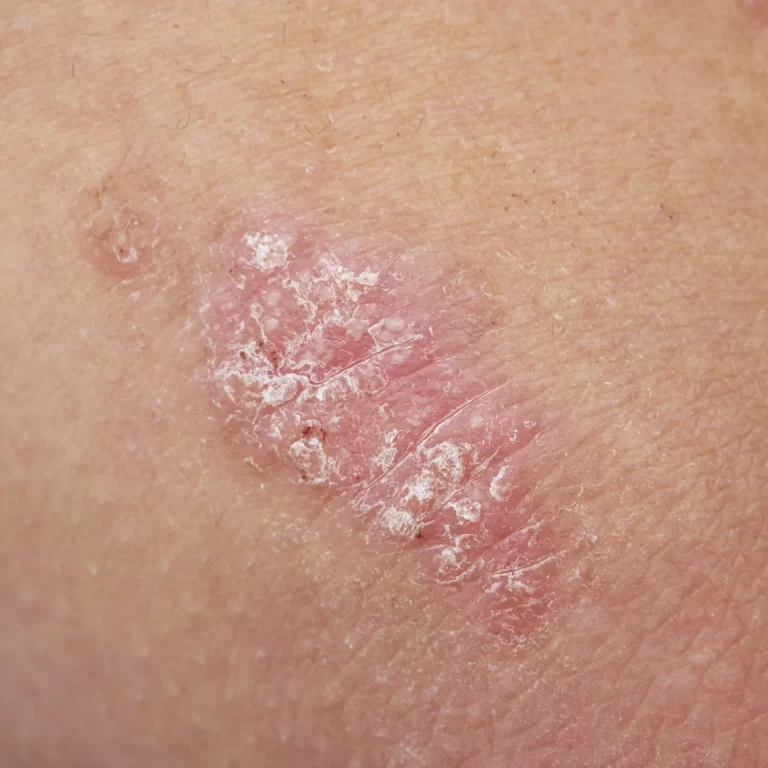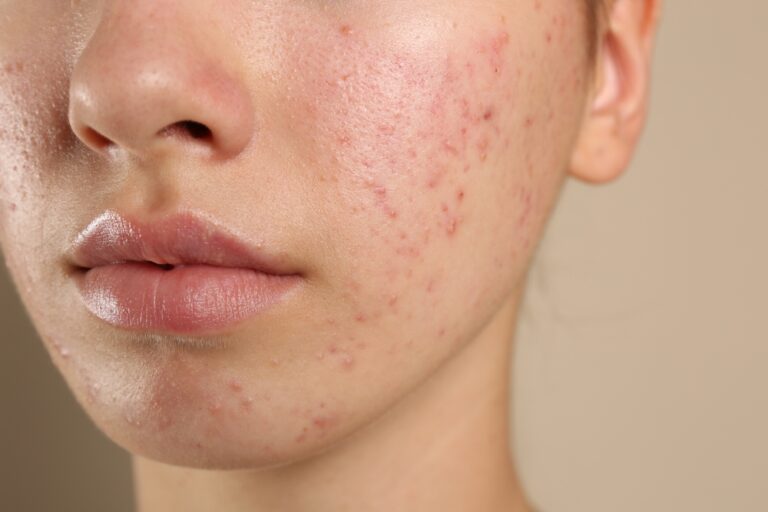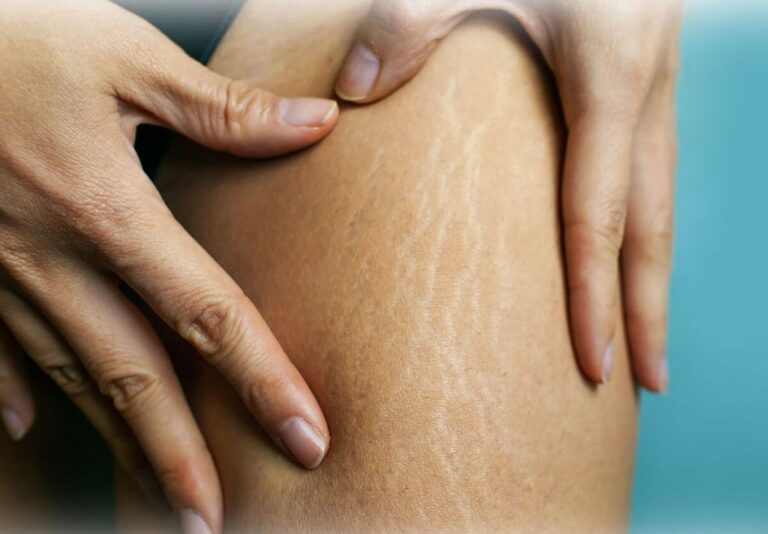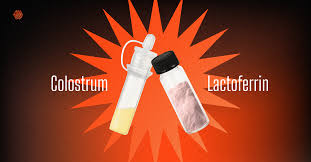The Potential of Banana Peel-Based Herbal Creams for Antimicrobial Skincare Applications

The cosmetic industry is experiencing a growing demand for natural and sustainable ingredients, driven by increasing consumer awareness regarding the potential concerns associated with synthetic compounds. Simultaneously, the human skin’s microbiome, while crucial for health, can also harbor pathogenic organisms…



